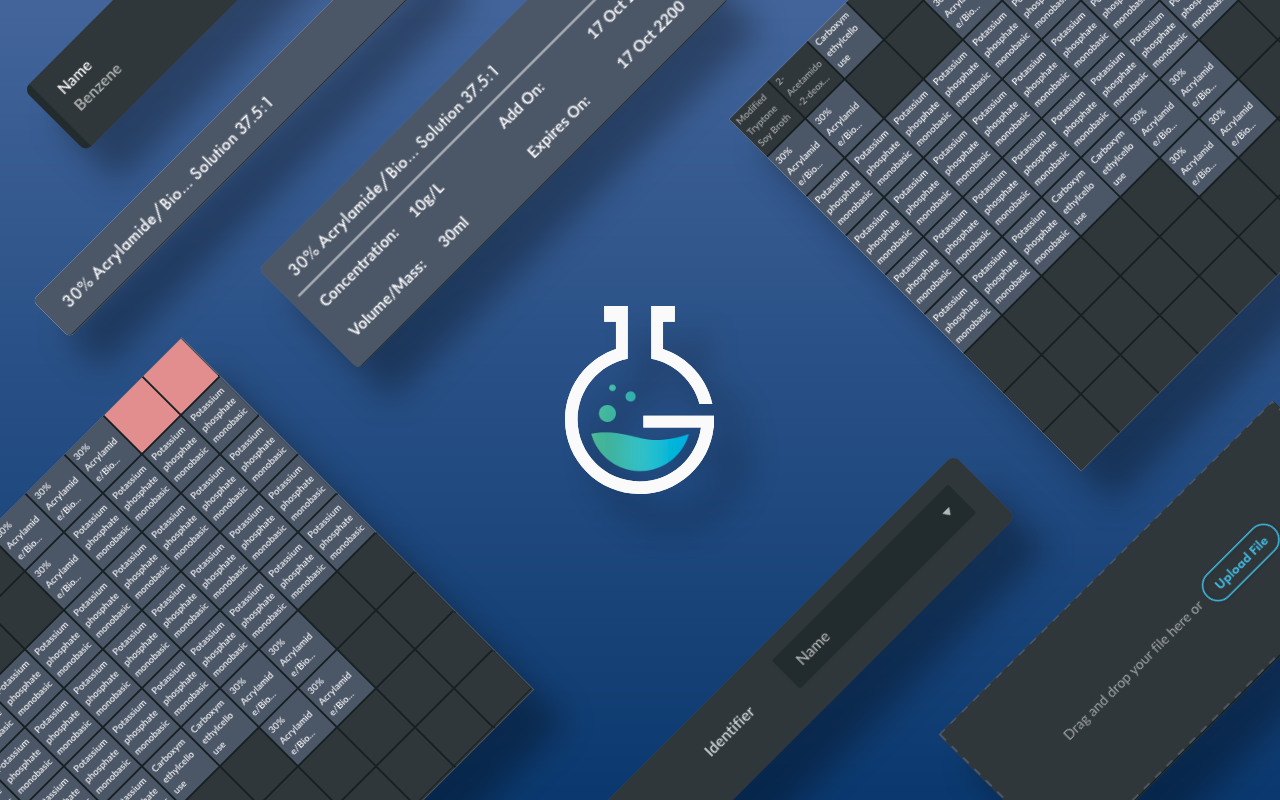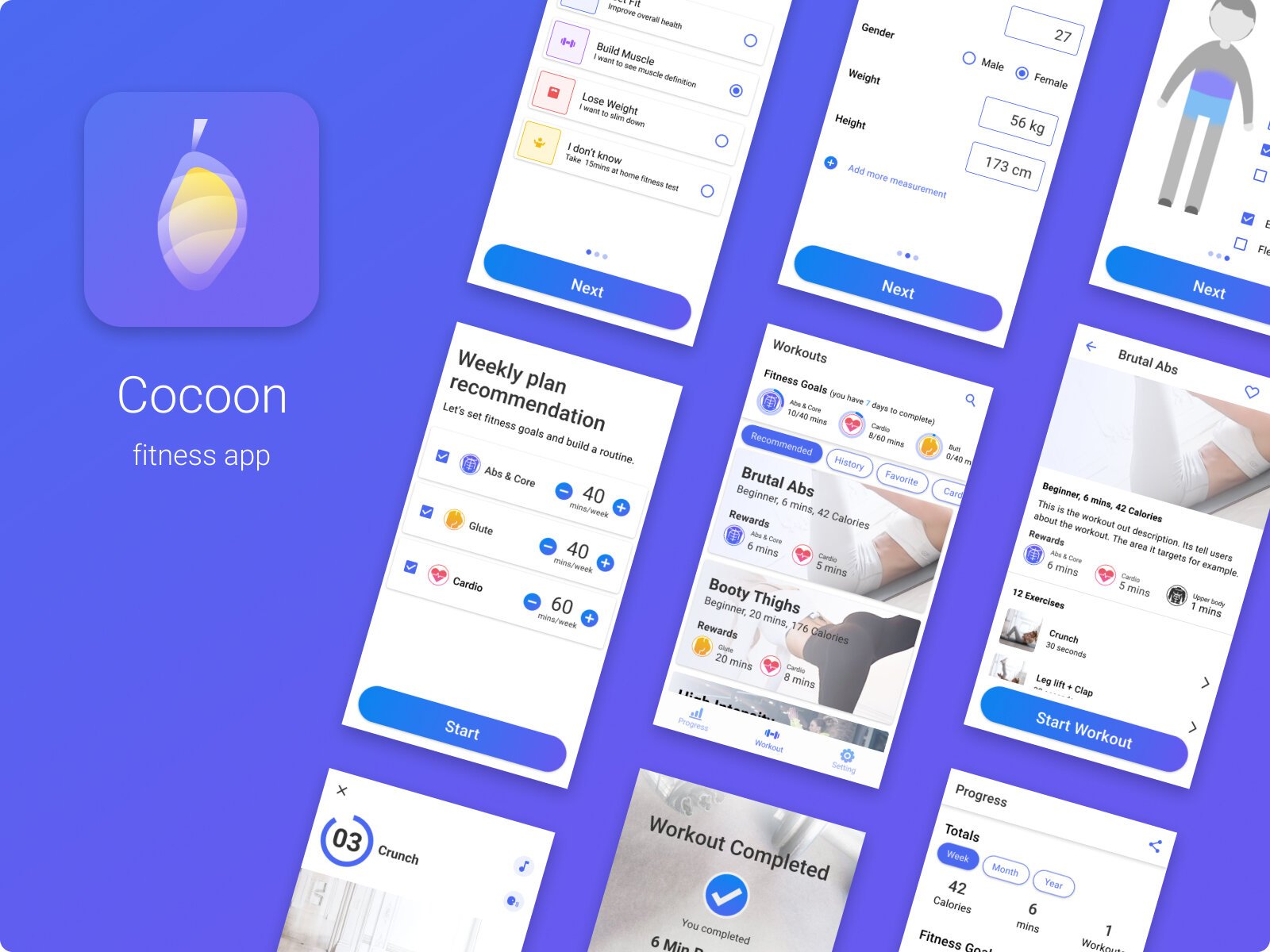Designing a Scheduling Tool to Reduce Veterinarian Workload and Boost Conversions
2023, Banfield Pet Hospital: Scheduling Tool for Call Center Associate
Problems to solve
Long wait time: Clients can’t find appointments available online. Clients are put on hold when calling to schedule an appointment
Hospital team’s workload: They feel overwhelmed with scheduling work. It distracts them from giving actual care to the patients.
Conversion KPI: The business wants to increase the number of wellness plan conversions rate.
What I did
Host workshops to identify and visualize solutions.
Conduct usability tests, create prototypes, and iterate design
Outcome:
The user’s preferred solution is identified and explored in a ready-to-for-sprints stage before launching to 1,000 Banfield hospitals in the US.
My Role & Responsibility
Project Creative Lead
Planned 4 weeks Creative discovery project
Planned, hosted, and facilitated workshops
Led the final readout meeting with client leadership
UX Researcher
Created usability test plan and script
Hosted 5 usability tests
Analyzed feedback and created a test report
UI/UX designer
Created prototypes and Wireframes
Host the design review meetings with clients team
2 Workshops
Uncover all important topics and get alignment between stakeholders
9 participants
1 - Decision Maker (Director Level)
2 - Call Center Team
2 - Scheduling Team
2 - Hospital Team
2 - Project Managers
Workshop1 outcomes
Proto Personas
Workshop 2
Ideated possible solutions and chose one to implement and test with real users.
Listed all questions we want to learn/ask real users
Design > Test> Iterate
Prototype
*This project is subjected to a non-disclosure agreement of showcasing all internal-related work. Please contact me for more detail.
Usability Test
I hosted tests with 5 call center personnel
Example usability issues found
It was unclear at first which pet we are scheduling (3/5 participants)
Days, until OWP expired, is hard to find (2/5 participants)
Pet species was unclear (4/5 participants)
The display of pet information looks cluttered (4/5 participants)


















